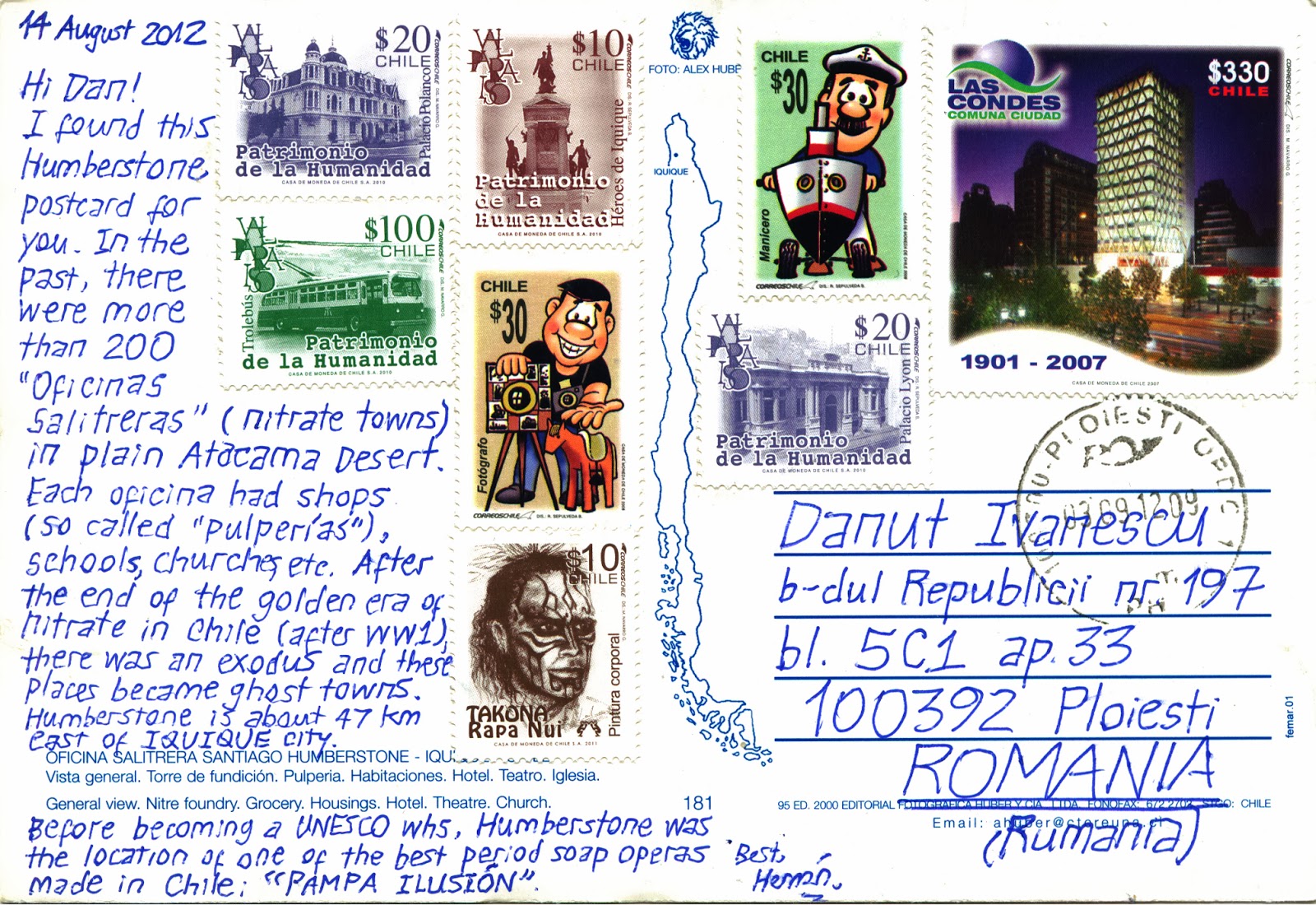The gunpowder is only a simple mix of sulphur, charcoal and saltpeter, but it is known how much it influenced our history. Well, among the three ingredients, the last was the hardest to obtain until the 20th century. Derived as name from the Latin sal petrae (salt of the rock), the saltpeter is a nitrate salt (of calcium, potasium or sodium), used also as fertilizer and food preservative. The calcium nitrate (Norwegian saltpeter) forms an efflorescence where the manure comes in contact with the limestone in a dry environment as in stables or caverns. The potassium nitrate (niter, Chinese snow, or India salpeter) occurs also as a crust on the soil and on the surface of rocks in dry climates and in the soil of limestone caves. Both were therefore rare. In this context, you realize what it meant to Chile and Peru the discovery in the Atacama desert of some deposits of sodium nitrate (nitranite) covering immense areas. The accumulations were so big, that this mineral was named Chile saltpeter or Peru saltpeter.
The export of nitrate began in the 1830s, in 1868 was founded Antofagasta, and in the next year began operating Oficina Salar del Carmen, the first nitrate producing plant. In 1872, the Guillermo Wendell Nitrate Extraction Company founded the saltpeter works of Santa Laura, while the region was still a part of Peru. In the same year, James Thomas Humberstone founded the Peru Nitrate Company, establishing the works of La Palma. Starting in 1873, Chile's economy drastically deteriorated, and the nationalization of the nitrate industry by Peru was the last drop, so in 1879 broke the War of the Pacific (named also the Saltpeter War), which lasted over five years, between Chile and the united Bolivia and Peru. As the victor and possessor of a new coastal territory, Chile gained a lucrative territory with significant mineral income. The national treasury grew by 900% between 1879 and 1902 due to taxes coming from the newly acquired lands, but high nitrate profits fell sharply once synthetic nitrates were developed during WWI, leading to a massive economic breakdown (the Nitrate Crisis) and to the end of the Salpetre Republic.
Humberstone and Santa Laura are the best preserved amongst a series of over 200 saltpeter works that once existed, all interconnected by a specially built railway system, and constitute an testimony to technological progress and global exchanges which were the cornerstone of the industrial era. In this area (located 45 km. from the port of Iquique), workers, drawn from Chile, Peru and Bolivia, to this hostile environment, lived in company towns and forged a distinctive communal Pampinos culture, manifest in their own rich language, creativity, and solidarity, and above all in pioneering struggles for social justice. Practically bankrupt, both works were acquired by COSATAN (Compañía Salitrera de Tarapacá y Antofagasta) in 1934, which renamed La Palma into Oficina Santiago Humberstone and tried to produce a competitive natural saltpeter by modernizing it. Abandoned in 1960, after ten years they were declared national monuments, in 2005 becoming a UNESCO World Heritage Site.
About the stamps
The first three stamps, showing Polanco Palace (20 CLP), Monument to the Heroes of Iquique (10 CLP), and Trolleybus (100 CLP), but also the sixth, showing Lyon Palace (20 CLP), belongs to the series Valparaíso, Patrimonio de la Humanidad, about which I wrote here. The following two, depicting a fotógrafo (photographer - 30 CLP) and a manicero (Peanut Vendor - 30 CLP), are part of the series Personajes Típicos Chilenos (Chilean Traditional Characters), about which I wrote here. The last stamp was issued on August 28, 2007, and depict Municipality of Las Condes.
References
Humberstone and Santa Laura Saltpeter Works - Wikipedia
Humberstone and Santa Laura Saltpeter Works - UNESCO official website
Humberstone and Santa Laura Saltpeter Works - UNESCO official website
sender: Hernán (direct swap)
sent from Santiago (Chile), on 20.08.2012


No comments:
Post a Comment